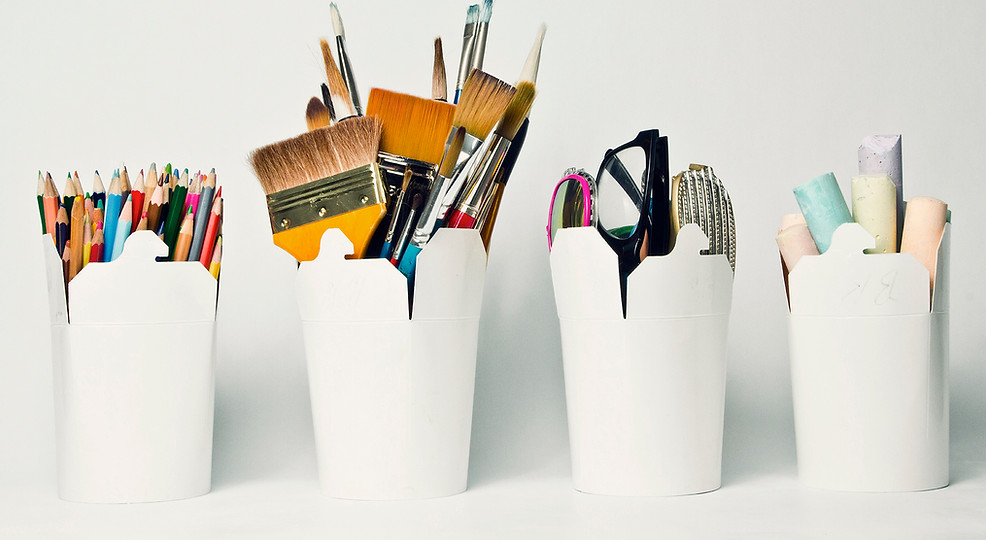
Question: So, you have created something. A book, a drawing, a sticker design, a bracelet...something. How do you know whether it is copyrighted? I've seen it mentioned on quite a few crafter forums that your work is copyrighted as soon as you make it. While this is true, it is only true for works that are copyrightable in the first place. Not everything you could conceivably make is eligible for or covered by copyright laws. Only an “original work[] of authorship fixed in any tangible medium of expression” is copyrightable. [1] So, what does this mean exactly?
Answer:
Originality
Originality is a required element of work that is eligible for copyright. When determining whether a work is "original" we look at two elements: independent creation and sufficient creativity. [2]
First, independent creation means that the work was created...well...independently; it was not copied from any other source. This sounds straight forward but it can be more encompassing than you might think. For instance, calligraphy is generally not copyrightable because it is not considered original although it seems creative and artsy. But, the Copyright Office considers calligraphy to be a "stylized form of handwriting" that is a "variation of typographic ornamentation." Letters cannot be owned by anyone and, no matter how novel or fanciful the letters may be, they are not original under the law. [3]
In addition to being independently created, copyright eligible works must have creativity. There must be some creative spark; some intellectual labor. [4] Only a "modicum" of creativity is necessary, but there can be no copyright in a work in which “the creative spark is utterly lacking or so trivial as to be virtually nonexistent.” [5] This is a very low bar yet, some works simply do not meet it. Here are a few examples of works which were rejected by the copyright office:

This is a laurel bracelet with a spiral design that twists around the back and a single charm. The Copyright Office found that the bracelet was not sufficiently creative to support copyright registration. None of the individual parts were copyrightable and neither was the arrangement. [6]

Here we have a logo design that was rejected by the Copyright Office. The reasoning given was that the wording and simple spoon shape are not eligible for copyright. But, even when the individual pieces are not eligible for copyright, the overall arrangement may be. In this case it just wasn't; it was too simplistic. [7]

These are two logos for wish.com. They were submitted for copyright registration and were rejected - twice. The reasoning given by the Copyright Office is that the logos are super simplistic, consisting only of letters and a square. The flourish on the letter "w" is a simple rectangular shape that is not separately protectible and lacks creativity. The simplistic color combination also did not help.
Fixed in a Tangible Medium
Copyright eligible works have to also be fixed in some tangible medium. So, if you cannot see it, touch it, or observe it, it is not copyrightable. An idea in your head is not copyright eligible. It has to be expressed in a way that is somehow observable.
The Takeaway for Crafters
Not everything you make is copyrighted the moment you make it. The work has to be independently created, creative and fixed. This is not a high bar, most works will easily qualify. But, just know that there is a class of works that are so simplistic and so basic that they do not make the cut. There are also items that, by law, cannot be copyrighted such as letters and simple geometric shapes.
[2] Feist Publications, Inc. v. Rural Telephone Service Co., 499 U.S. 340, 347 (1991).
[3] U.S. Copyright Office, Compendium of U.S. Copyright Office Practices §§ 906.4, 313.3 (D) (3d ed. 2017).
[4] Feist Publications, Inc. v. Rural Telephone Service Co., 499 U.S. 340, 347 (1991).
[5] Id. at 359.

Comments